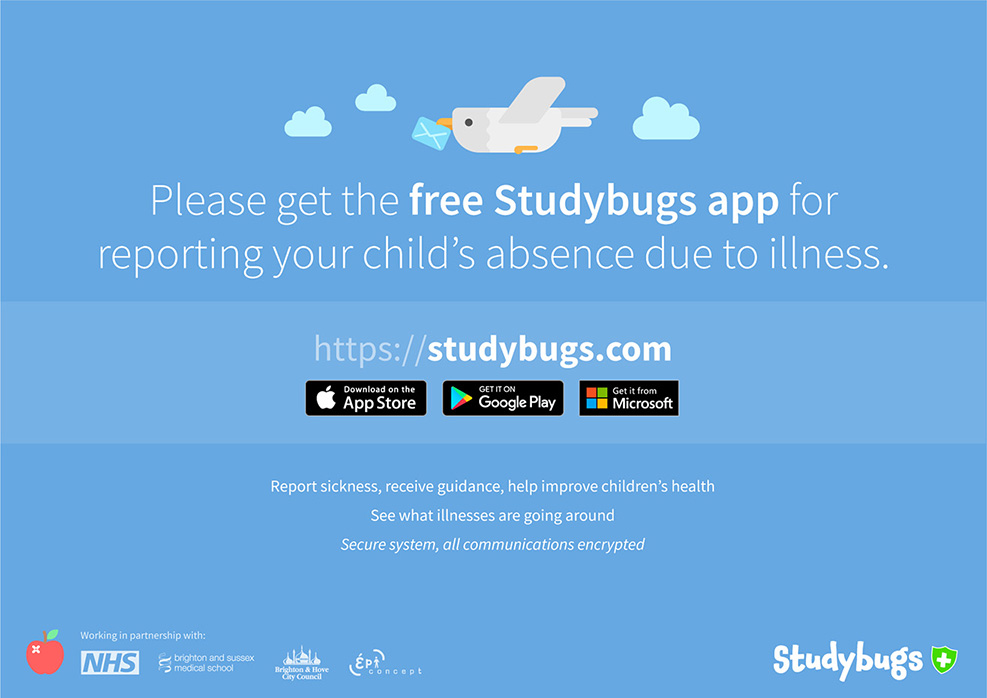There are many different models of exploitation that a child or young person may be subjected to. Exploitation is often hidden, and perpetrators will change their methods to avoid being detected.
Each will follow a different pattern and time frame to meet the needs of the perpetrator. Most evolve around building a trusting relationship, whether this is achieved by an individual or group.
Boyfriend/girlfriend model or relationship model
The perpetrator befriends and grooms a young person into a ‘relationship’. The child will believe they are in a loving, caring relationship and then find they are coerced into having sex with the perpetrator’s friends or associates.
The child may have genuine feelings for the perpetrator and will often protect them from discovery. Sometimes this can be associated with gang activity, but not always.
Peer-on-peer exploitation
Peer-on-peer abuse is any form of physical, sexual, emotional, financial, and/or coercive control exercised between children and young people, including intimate and non-intimate relationships. As with many forms of abuse it rarely takes place in isolation.
The ‘party’ model
Children are invited to a party at a person’s house, flat or other known locations where they are then targeted and groomed. These are sometimes referred to as a ‘pop up house party’. Children are encouraged to link up with others via social networking and bring friends along.
Children and young people are normally offered drugs and alcohol to help ensure they comply with what is being asked; promiscuity and acts of violence are normalised. Due to the intake of drugs and alcohol, victims will struggle to recall the events making reporting difficult. Images of the young person may be used to bribe them; this is called digital collateral.
Grooming
Grooming is the process of persuading or coercing someone to act or do something they were not planning or intending to do. Grooming normally happens when there is an imbalance of power. Examples are teacher and pupil, older boyfriend/girlfriend.
There are different models of grooming. Grooming is one of the main processes used in child sexual exploitation; this can be by not only grooming the child, but also their parents or carers.
Gangs
Gang membership is varied and complex. It can be just a group of friends who hang out together, with a common interest to being involved in violence and criminal activity.
So, when applying the term ‘gang’ to groups of young people, we can mistakenly assign the attributes of an Organised Crime Group to a ‘friendship’ or ‘peer group’. This can mistakenly lead to the interpretation of aspects of youth culture as a ‘gang identifier’.
Children who want to be affiliated to the gang or accepted by the gang may have to perform sexual acts on gang members or take part in criminal activity as part of an initiation process. Others may be exploited because of their lower status in the gang.
Criminal gangs use sophisticated techniques to groom and exploit children and young people that are not always visible or public.
Organised Crime Groups
Young people (often connected) are passed through networks, possibly over geographical distances, between towns and cities where they may be forced or coerced into sexual or criminal activity. This activity is serious organised crime and can involve the ‘buying and selling’ of young people by perpetrators.
Trafficking and modern slavery Modern slavery can involve many types of exploitation including criminal, sexual, forced labour, trafficking, forced begging and forced marriage.
The word ‘trafficking’ is often confused with ‘smuggling’, but it is actually a form of modern slavery. The international definition of trafficking comes from the United Nations Palermo Protocol (2000). This defines trafficking as:
“The recruitment, transportation, transfer, harbouring or receipt of persons, by means of threat or use of force or other forms of coercion, of abduction, of fraud, of deception, of the abuse of power or of a position of vulnerability or of the giving or receiving of payments or benefits to achieve the consent of a person having control over another person, for the purpose of exploitation.”
‘External human trafficking’ can involve crossing international borders and is more widely known and understood. ‘Internal human trafficking’ is often not reported by the media and can take place between towns and cities, between different roads and streets and houses on the same street. It can also take place between the rooms of a house.
Child sexual exploitation
Child sexual exploitation (CSE) occurs where anyone under the age of 18 is coerced, persuaded, or forced into sexual activity in exchange for, amongst other things, money, drugs and/or alcohol, gifts, affection or status. Child sexual exploitation can take place even if it appears consensual.
